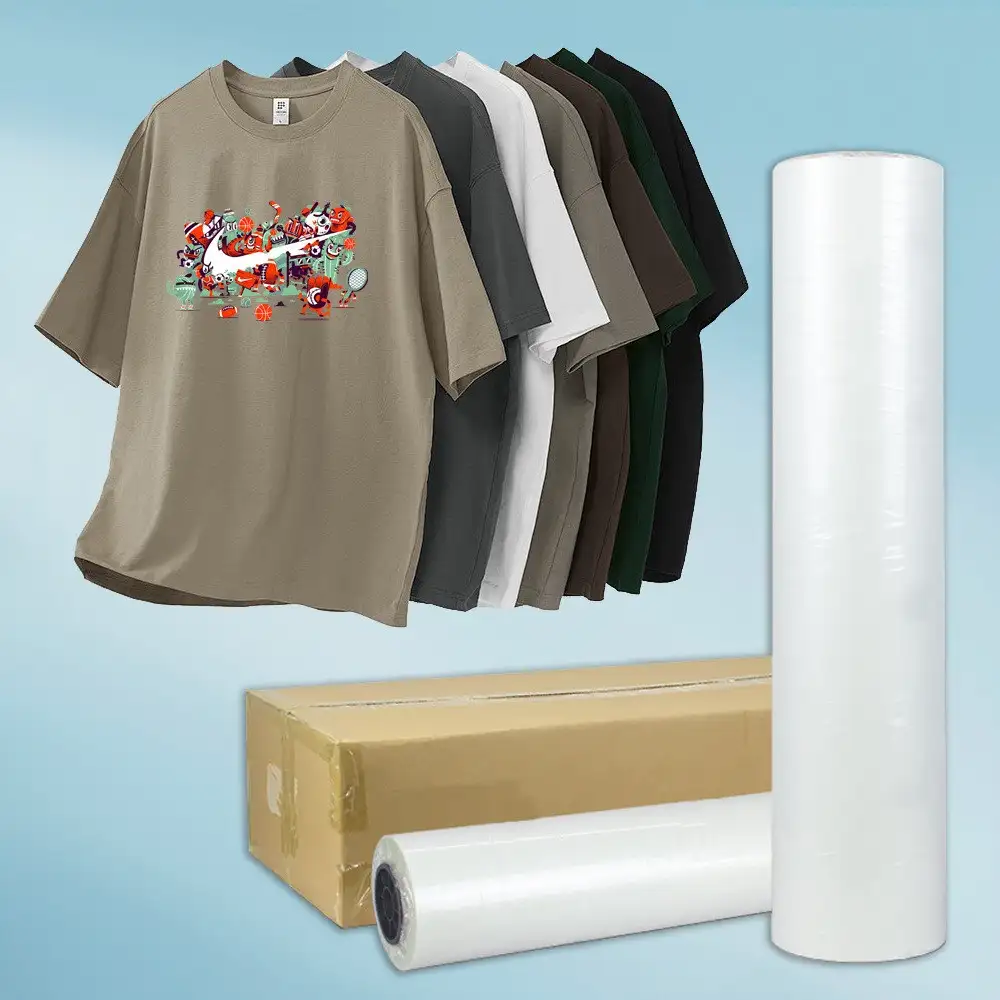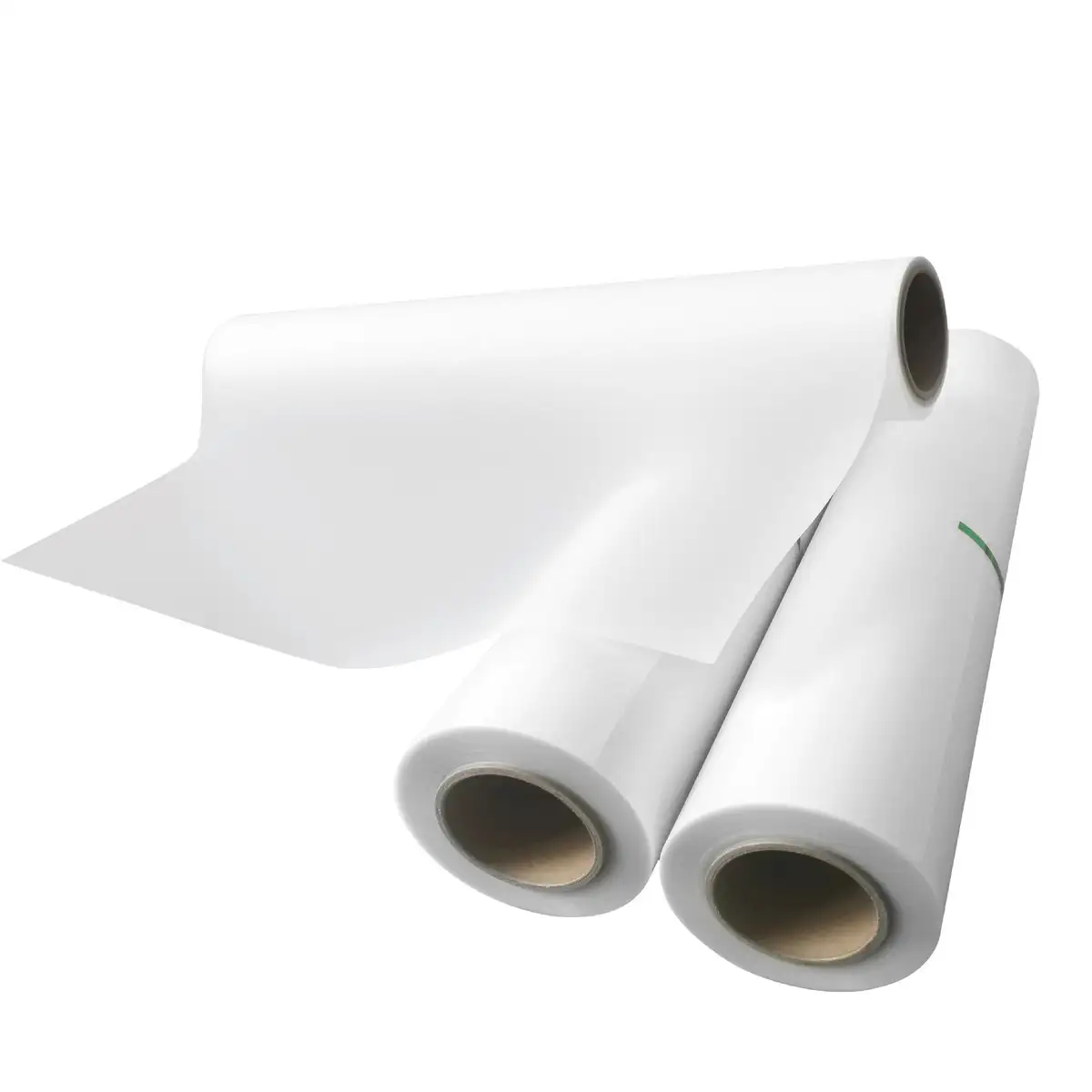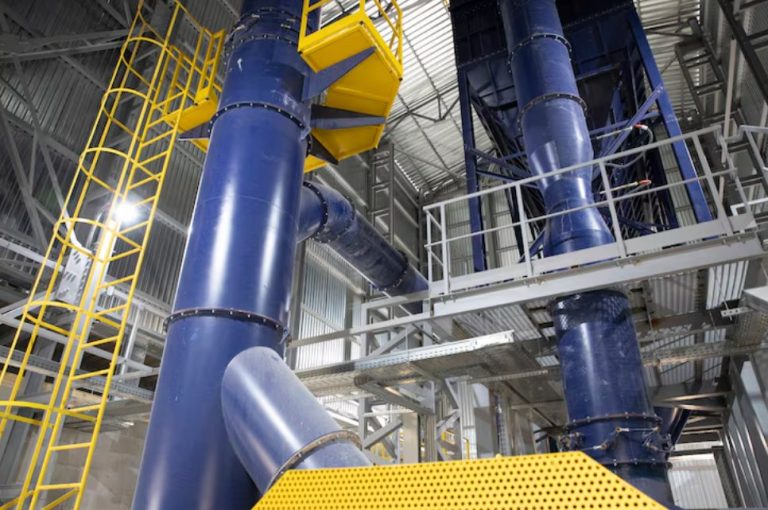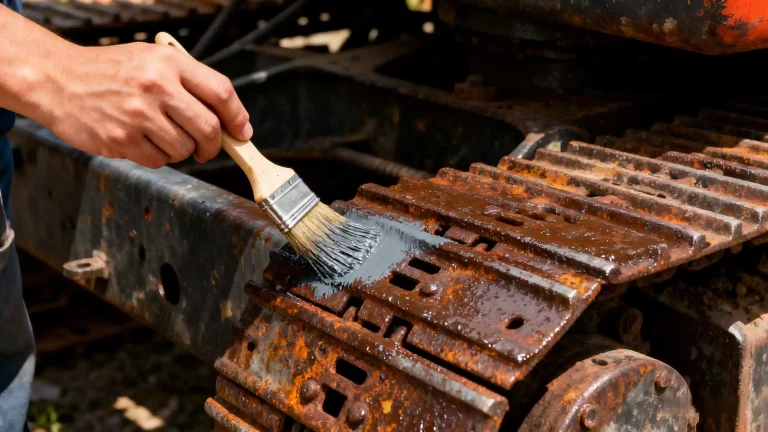
If you’ve ever printed a design onto a T-shirt and ended up with dull colors or smudged edges, you know the frustration. The culprit often isn’t the printer or ink — it’s the transfer medium. Over the past few years, DTF (Direct-to-Film) printing has shaken up the textile printing industry, and a big reason is the ink absorption layer used in DTF films.
But how does that compare to the older, traditional transfer films? Let’s dig into the core differences, using real-life examples from the shop floor.
What Is a DTF Ink Absorption Layer
Think of the ink absorption layer as the “sponge” on the surface of a PET film. When printing, it captures and holds ink — white ink, colored ink, even thinner inks — in place until the transfer process is complete.
The layer is usually created by coating the PET film with a specially formulated white, matte finish coating. In Konaz’s case, this coating is designed to mimic a sponge’s ability to grab and hold liquid, but with precision control so ink doesn’t bleed or spread.
Key functions of the absorption layer:
- Ink locking— Holds ink droplets exactly where they land for sharp image edges.
- Color vibrancy— Keeps pigments concentrated for rich, saturated prints.
- Release function— Allows the printed design to lift cleanly off the PET film during heat transfer.
If you’ve ever peeled a design and had half of it stay stuck to the film, you know why that last one matters.
How Traditional Transfer Films Work
Traditional transfer films predate DTF technology and generally rely on different coatings — often heavier, sometimes waxy — to create a printable surface.
These films work, but they have quirks:
- Limited ink absorption— Ink tends to sit on top of the coating, increasing the risk of smearing.
- Longer drying times— More waiting before you can transfer without smudges.
- Variable release— Designs sometimes stick, especially with fine details.
- Lower resolution— Fine lines and gradients can lose definition during transfer.
They’ve been a staple in screen printing and sublimation setups, but DTF’s rise is partly due to solving these exact pain points.
Head-to-Head DTF Ink Absorption Layer vs. Traditional Transfer Films
Here’s a quick breakdown:
| Feature | DTF Ink Absorption Layer | Traditional Transfer Film |
| Ink Handling | Absorbs ink instantly, prevents bleeding | Ink sits on surface, higher smear risk |
| Color Quality | Bright, saturated colors | Colors may appear muted after transfer |
| Release Performance | Clean, easy peel | Inconsistent, fine details may stick |
| Drying Time | Short — prints ready to transfer quickly | Longer — requires extra wait |
| Detail Retention | Sharp lines and smooth gradients | May lose fine detail |
| Versatility | Works with white + colored inks easily | Often limited to specific ink types |
Why This Matters for Real Production
Let’s take a real workshop example:
A mid-sized custom apparel shop in Shenzhen switched from traditional transfer films to DTF with a white ink absorption layer. They were previously losing around 10% of prints to smearing or incomplete transfers. After switching, their reject rate dropped to under 2%, while production speed went up because drying time was no longer a bottleneck.
The Science Behind the DTF Absorption Layer
The white coating on a DTF film is more than just a color base. It’s engineered with micro-scale porosity — think of tiny holes that pull ink in and hold it there.
In Konaz’s formulation, this coating also has a release property built-in. That means once the ink is cured and adhesive powder applied, the design can be transferred with minimal force, reducing the risk of tearing or warping fine lines.
Application Scenarios When Each Film Might Still Be Used
While DTF has clear advantages, traditional films aren’t extinct. Here’s how they compare in different use cases:
- Small custom runs— DTF films shine here; quick setup, high detail.
- Bulk screen printing— Traditional films can still be cost-effective if color complexity is low.
- Specialty surfaces— Certain textured substrates may still need older film types.
Tips for Getting the Most from DTF Films
- Keep them dust-free— Dust can block ink absorption spots.
- Mind your printer settings— Too much ink can still cause pooling, even with an absorption layer.
- Store flat, in a cool place— Warped PET sheets can cause registration issues.
Konaz Your White Ink Absorbent Coating Supplier

Foshan Konaz Technology has over 15 years of experience in specialty coatings, including advanced white ink absorbent coatings for PET films.
- Coatings provide excellent ink absorptionfor both white and colored inks.
- Built-in release functionensures clean transfer without residue.
- Production capacity3,000 m² facility, 30+ precision machines, 1,000-ton annual output.
- Trusted by textile printing companies worldwidefor consistent performance.
If your production demands sharp, vibrant prints and reliable transfers, Konaz’s DTF ink absorption layer technology can deliver exactly that.
Conclusion
In the DTF vs. traditional transfer film debate, the difference often comes down to detail quality, production speed, and transfer reliability. The DTF ink absorption layer solves many of the limitations printers used to accept as “normal” — blurred edges, muted colors, sticky peels.
Traditional films still have their place in some workflows, but for most modern apparel printing operations, DTF films with a quality absorption layer aren’t just a step forward; they’re the new baseline.
FAQs DTF Ink Absorption Layer vs. Traditional Transfer Films
What makes a DTF ink absorption layer better for fine details?
A Its micro-porous coating locks ink in place, preventing bleed and preserving sharp edges during transfer.
Can I use traditional transfer films with white ink?
A Most traditional films struggle with white ink — the DTF ink absorption layer is specifically designed to handle it without smudging.
Do DTF films dry faster than traditional ones?
A Yes, the absorption layer pulls ink in quickly, reducing surface drying time and speeding up production.
Is the release from PET film really cleaner with DTF?
A In most cases, yes. The built-in release property means designs lift off without leaving residue or tearing fine lines.
Who can supply reliable DTF ink absorption layer films?
A Companies like Konaz specialize in coatings that make high-performance DTF films possible.










